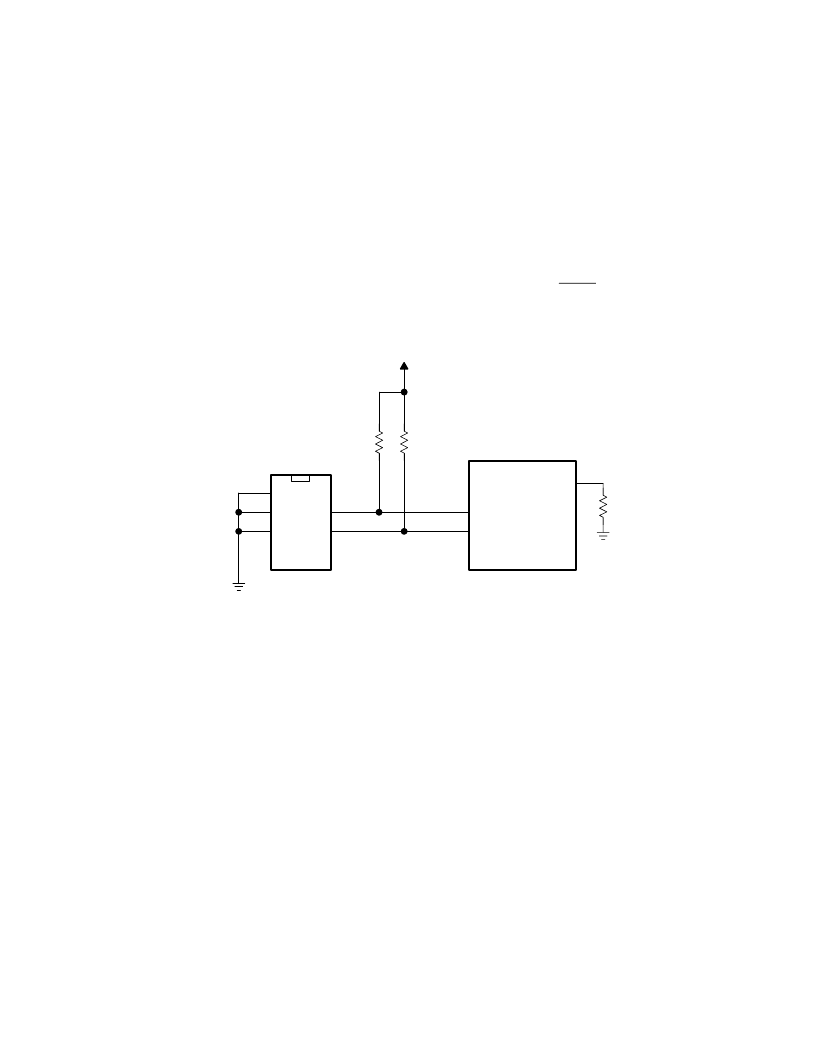- 您現(xiàn)在的位置:買賣IC網(wǎng) > PDF目錄369950 > PCI1620PDV Controller Miscellaneous - Datasheet Reference PDF資料下載
參數(shù)資料
| 型號(hào): | PCI1620PDV |
| 英文描述: | Controller Miscellaneous - Datasheet Reference |
| 中文描述: | 控制器雜項(xiàng)-數(shù)據(jù)表參考 |
| 文件頁數(shù): | 46/164頁 |
| 文件大?。?/td> | 720K |
| 代理商: | PCI1620PDV |
第1頁第2頁第3頁第4頁第5頁第6頁第7頁第8頁第9頁第10頁第11頁第12頁第13頁第14頁第15頁第16頁第17頁第18頁第19頁第20頁第21頁第22頁第23頁第24頁第25頁第26頁第27頁第28頁第29頁第30頁第31頁第32頁第33頁第34頁第35頁第36頁第37頁第38頁第39頁第40頁第41頁第42頁第43頁第44頁第45頁當(dāng)前第46頁第47頁第48頁第49頁第50頁第51頁第52頁第53頁第54頁第55頁第56頁第57頁第58頁第59頁第60頁第61頁第62頁第63頁第64頁第65頁第66頁第67頁第68頁第69頁第70頁第71頁第72頁第73頁第74頁第75頁第76頁第77頁第78頁第79頁第80頁第81頁第82頁第83頁第84頁第85頁第86頁第87頁第88頁第89頁第90頁第91頁第92頁第93頁第94頁第95頁第96頁第97頁第98頁第99頁第100頁第101頁第102頁第103頁第104頁第105頁第106頁第107頁第108頁第109頁第110頁第111頁第112頁第113頁第114頁第115頁第116頁第117頁第118頁第119頁第120頁第121頁第122頁第123頁第124頁第125頁第126頁第127頁第128頁第129頁第130頁第131頁第132頁第133頁第134頁第135頁第136頁第137頁第138頁第139頁第140頁第141頁第142頁第143頁第144頁第145頁第146頁第147頁第148頁第149頁第150頁第151頁第152頁第153頁第154頁第155頁第156頁第157頁第158頁第159頁第160頁第161頁第162頁第163頁第164頁

3
–
4
3.4.2
Serial EEPROM I
2
C Bus
The PCI1620 offers many choices for modes of operation, and these choices are selected by programming several
configuration registers. For system board applications, these registers are normally programmed through the BIOS
routine. For add-in card and docking-station/port-replicator applications, the PCI1620 provides a two-wire
inter-integrated circuit (IIC or I
2
C) serial bus for use with an external serial EEPROM.
The PCI1620 is always the bus master, and the EEPROM is always the slave. Either device can drive the bus low,
but neither device drives the bus high. The high level is achieved through the use of pullup resistors on the SCL and
SDA signal lines. The PCI1620 is always the source of the clock signal, SCL.
System designers who wish to load register values with a serial EEPROM must use a pulldown resistor on the LATCH
terminal. If the PCI1620 detects a logic-low level on the LATCH terminal at the end of GRST, it initiates incremental
reads from the external EEPROM. Any size serial EEPROM up to the I
2
C limit of 16 Kbits can be used, but only the
first 42 bytes are required to configure the PCI1620. Figure 3
–
3 shows a 2-Kbit serial EEPROM application.
SCL/MFUNC4
SDA/MFUNC1
VCC
A0
A1
A2
SCL
SDA
PCI1620
Serial
EEPROM
LATCH
Figure 3
–
3. Serial EEPROM Application
In addition to loading configuration data from an EEPROM, the PCI1620 I
2
C bus can be used to read and write from
other I
2
C serial devices. A system designer can control the I
2
C bus, using the PCI1620 as bus master, by reading
and writing PCI configuration registers
. Setting the SBDETECT bit (bit 3) in the serial bus control/status register (PCI
offset B3h, see Section 4.52) causes the PCI1620 to multiplex the SDA and SCL signals to the MFUNC1 and
MFUNC4 terminals, respectively. The read/write data, slave address, and byte addresses are manipulated by
accessing the serial bus data, serial bus index, and serial bus slave address registers (PCI offsets B0h, B1, and B2h;
see Sections 4.49, 4.50, and 4.51, respectively).
EEPROM interface status information is communicated through the serial bus control and status register (PCI offset
B3h, see Section 4.52). Bit 2 (EEDETECT) in this register indicates whether or not the PCI1620 serial EEPROM
circuitry detects the pulldown resistor on LATCH. Any undefined condition, such as a missing acknowledge, results
in bit 1 (DATAERR) being set. Bit 0 (EEBUSY) is set while the subsystem ID register is loading (serial EEPROM
interface is busy).
3.4.3
PCI1620 EEPROM Map
The mapping of the PCI configuration, CardBus, and ExCA register bits that can be loaded from a serial EEPROM
is shown in Table 3
–
1. The PCI 1620 starts at EEPROM address zero and continues to read incrementally the 42
bytes of data. The first byte at EEPROM address 00h is a flag byte with the value 01h. Whenever a serial EEPROM
is used to load registers, all 42 bytes of data must be programmed in order, as shown in Table 3
–
1.
相關(guān)PDF資料 |
PDF描述 |
|---|---|
| PCI2050A | 32-Bit. 66MHz. 9-Master PCI-to-PCI Bridge |
| PCI2050GHK | BUS CONTROLLER |
| PCI2050PDV | BUS CONTROLLER |
| PCI9054AB50BI | Interface IC |
| PCI9036 | Telecommunication IC |
相關(guān)代理商/技術(shù)參數(shù) |
參數(shù)描述 |
|---|---|
| PCI-1620U | 制造商:ADVANTECH 制造商全稱:Advantech Co., Ltd. 功能描述:8-port RS-232 PCI Communication Card, with Surge Protection |
| PCI1620ZHK | 功能描述:外圍驅(qū)動(dòng)器與原件 - PCI PC Card Flash & Smart Card Cntrlr RoHS:否 制造商:PLX Technology 工作電源電壓: 最大工作溫度: 安裝風(fēng)格:SMD/SMT 封裝 / 箱體:FCBGA-1156 封裝:Tray |
| PCI-1622A-BE | 制造商:Advantech Co Ltd 功能描述:8PORT RS-422/485 PCI COM CARD - Trays 制造商:Advantech Co Ltd 功能描述:8-port RS-422/485 UPCI COMM card |
| PCI-1622CU | 制造商:ADVANTECH 制造商全稱:Advantech Co., Ltd. 功能描述:8-port RS-422/485 Universal PCI Communication Card with Isolation & EFT Protection |
| PCI-1625U | 制造商:ADVANTECH 制造商全稱:Advantech Co., Ltd. 功能描述:8-port Intelligent RS-232 Universal PCI Communication Card |
發(fā)布緊急采購,3分鐘左右您將得到回復(fù)。